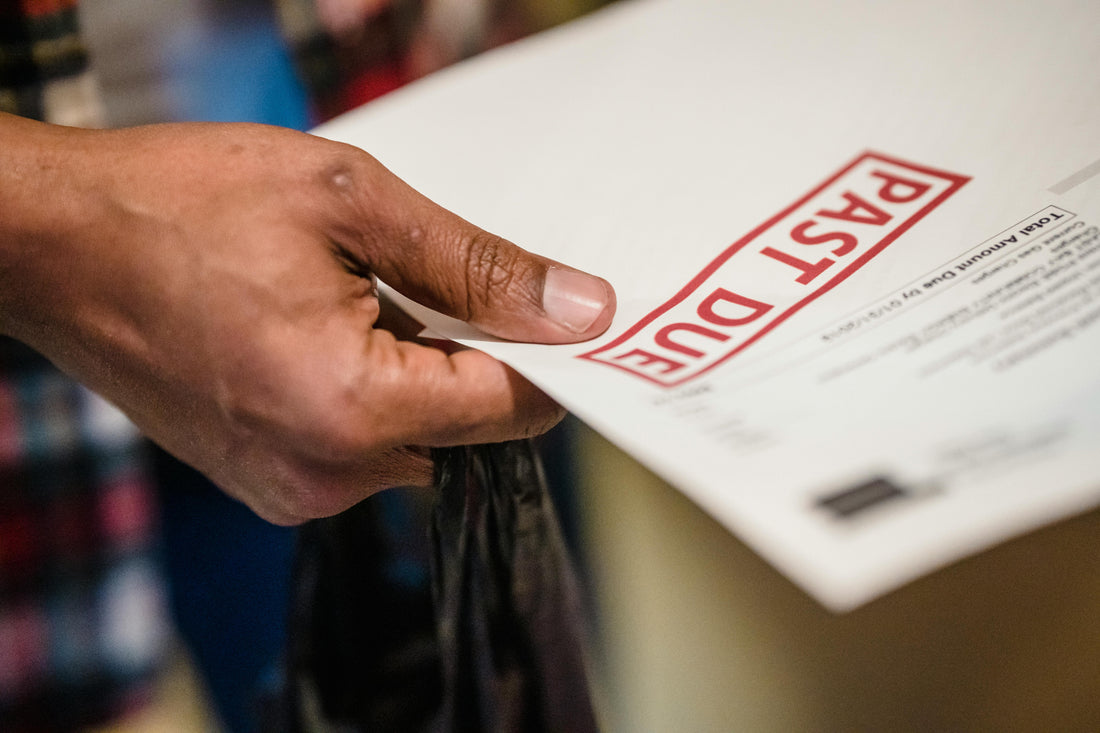
How LC (Letter of Credit) Works in Import Trade
Share
Importing goods internationally comes with risks—especially around payments. A Letter of Credit (LC) is a trusted bank guarantee that ensures exporters get paid once they ship goods and submit the correct documents. For Indian importers, understanding the LC process is crucial to avoid delays, penalties, and disputes.
What is a Letter of Credit?
A Letter of Credit is issued by the importer’s bank and guarantees payment to the exporter once all RBI and DGFT requirements are met. It is governed by international rules under UCP 600.
Step-by-Step LC Process
- Agreement – Importer & exporter agree on terms and LC conditions.
- LC Application – Importer applies through their bank with Form A-1 and KYC.
- Issuance – Bank issues LC via SWIFT to exporter’s bank.
- Shipment – Exporter ships goods and submits documents like Bill of Lading, Invoice, Packing List.
- Verification – Banks verify documents against LC terms.
- Payment – Exporter gets paid, importer clears goods via ICEGATE Customs.
Key LC Documents
- Commercial Invoice
- Packing List
- Bill of Lading / Airway Bill
- Certificate of Origin (DGFT)
- Inspection Certificate
Types of Letters of Credit
- Irrevocable LC – Standard for most imports
- Confirmed LC – For high-risk countries
- Revolving LC – For multiple shipments
- Standby LC – Used as a performance guarantee
Why Work with Befach?
Managing LC imports requires expertise in sourcing, logistics, and customs clearance. At Befach, we simplify the process so you can focus on growing your business. Contact us today for a free consultation.
Quick Summary
A Letter of Credit is a secure payment method in import trade. It protects both importers and exporters by ensuring payment is made only when correct documents are submitted. With Befach’s end-to-end support, you can import confidently and compliantly.
